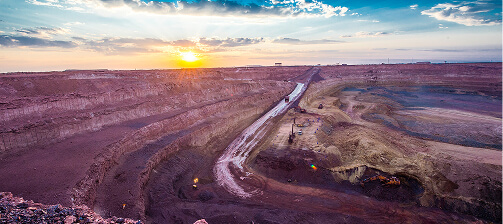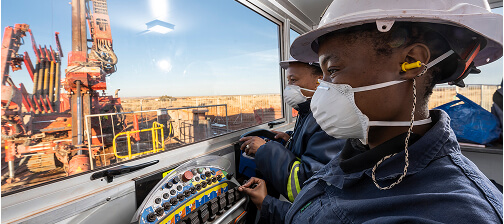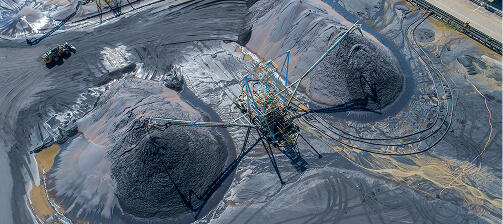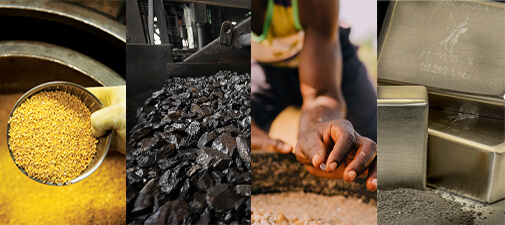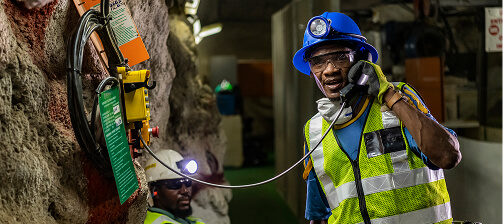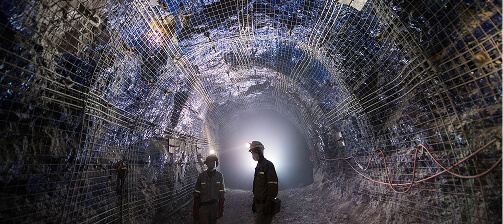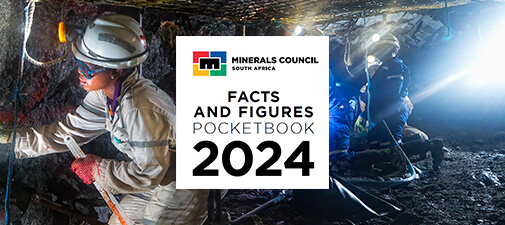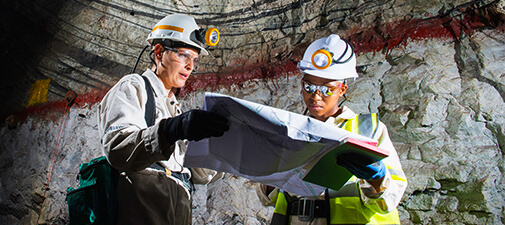Gem diamonds are, arguably, the ultimate luxury available to millions of people around the globe. They are available in quantities that most other gems fail to come anywhere near but the operating costs, the labour and the skills that go into producing even the smallest polished gem mean that prices at the jeweller’s counter reflect an individual gem’s luxury status.
Diamonds, it is well known, are an intricate lattice of carbon atoms, a crystal structure that imparts a hardness unmatched elsewhere in nature. And it is this hardness that makes the finest diamonds crucial in the manufacture of high-tech cutting, grinding and polishing tools. Without diamond grit (bort or boart as it is known) much of the world’s modern manufacturing would be made far more difficult than it is.
While diamond mining has been taking in place in South Africa for almost a century and a half, the country’s diamond sector is far from reaching the end of its life. Developments at the country’s three largest mines are designed to expand their outputs and to extend their lives to anywhere between a quarter and a half a century.
Key Facts and Figures
- The first diamond, the appropriately named Eureka, was discovered in South Africa near Hopetown in 1867 — it weighed 21.25 carats
- The largest diamond discovered was the Cullinan found at the Premier Mine in 1905 — it weighted 3,106 carats uncut
- At the start diamond discoveries were in alluvial deposits — in 1869 the first diamonds were found in yellow ground (and then in blue ground) near and in what was to become Kimberley, the world’s diamond capital (the diamond matrix was subsequently named kimberlite)
- Diamonds were later discovered in significant quantities in kimberlites in what was then known as the Transvaal – the Cullinan mine in 1902 and Venetia (opened in 1992) and the Finsch mine in the Northern Cape opened in 1978
- In 2022, South Africa produced 10.2 million tonnes
- Total diamond sales in 2022 was R27.7 billion
- The diamond mining industry employed 14,577 people
- De Beers, the name which is synonymous with diamonds, was founded by Cecil Rhodes in 1888 and for many years dominated the world’s diamond market
Location and geology
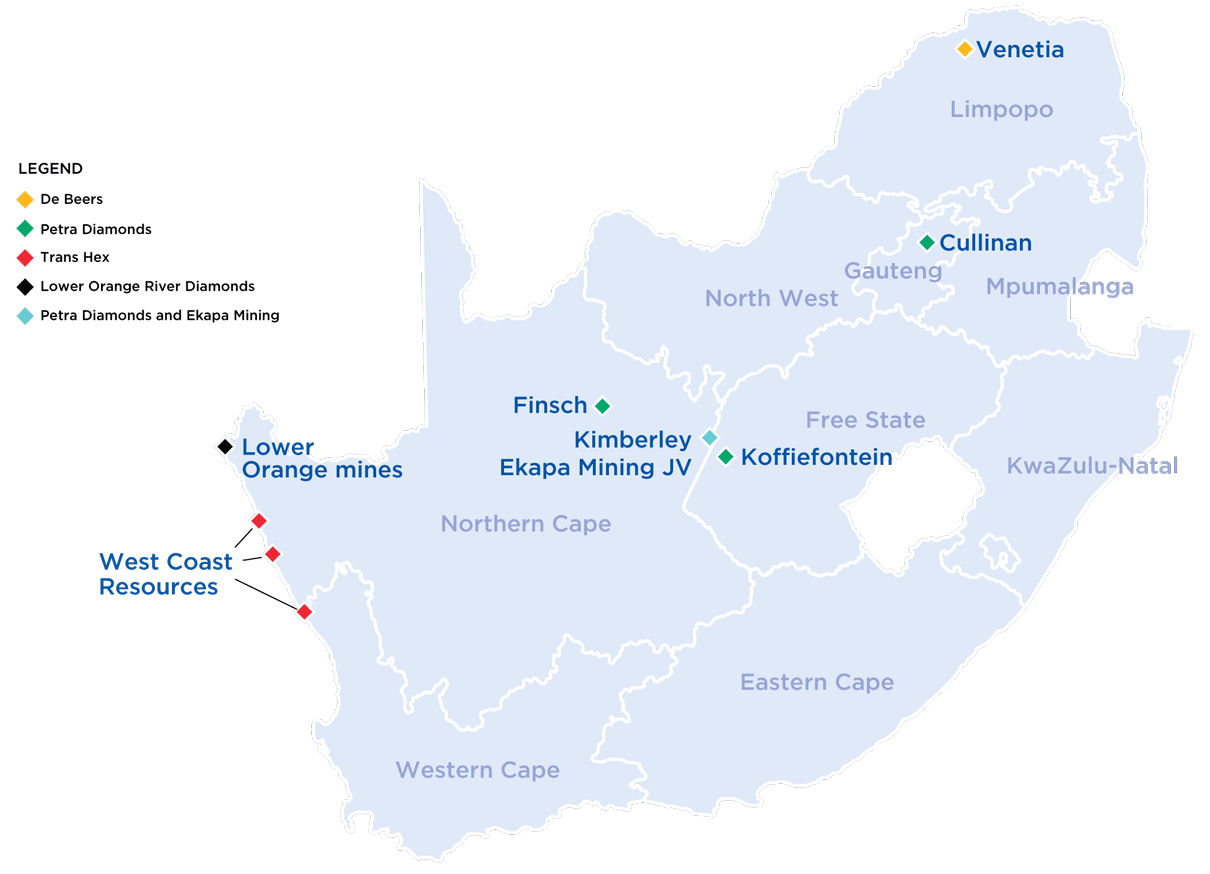
Natural diamonds were formed some 3.3 billion years ago in conditions of intense heat and pressure 150km below the earth’s surface.
The primary sources of all of South Africa’s diamonds are kimberlites in ancient, vertically dipping volcanic pipes, mostly located in the vicinity of the city of Kimberley and initially amenable to opencast. They were largely discovered in the latter part of the 19th century. Early in the 20th century, the Premier mine’s volcanic pipe was discovered near Pretoria and, in the final decades of the century, the Finsch mine’s kimberlite pipe was discovered near the town of Lime Acres in the Northern Cape and, later, the Venetia mine’s kimberlite near the town of Alldays in Limpopo province.
Alluvial diamonds and small diamondiferous fissures have been known and worked for many years along the southern banks of the Orange River as well as along and offshore of South Africa’s west coast.
Diamond mining in South Africa
The underground mining and recovery of diamonds continues to this day in the vicinity of Kimberley, the site of the early main discoveries in the 19th century. It is, however, on limited scale with a major focus on reprocessing old tailings dumps to recover diamonds left behind by older recovery processes.
To the west of Kimberley, and on the southern banks of the Orange River some 60km upstream from Port Nolloth, Trans Hex mines largely alluvial diamonds at its Baken and Bloeddrif operations.
Further north in Limpopo province, the Venetia mine owned by De Beers is South Africa’s largest diamond producer, recovering some 8Mct a year. Mining is currently by opencast methods but the depth limits of the open pit are being reached and an underground mine is being developed to continue production below the open pit. Underground mining will be by conventional block-caving or sub-level caving methods.
The Finsch mine, part of the Petra Diamonds group, is South Africa’s second largest producer and operates exclusively as an underground mine using conventional sub-level caving methods. Finsch produced 1.8Mct in 2019.
Near Pretoria and also part of the Petra group, plant optimisation at the Cullinan mine is ongoing – its production was 1.7Mct in 2019. Cullinan contains a world-class gross resource of 154.9Mct as at 30 June 2019, which suggests its mine life could be significantly longer than the current mine plan to 2030.
![Logo MCSA [logo]](/templates/chamber/images/logo.svg)

